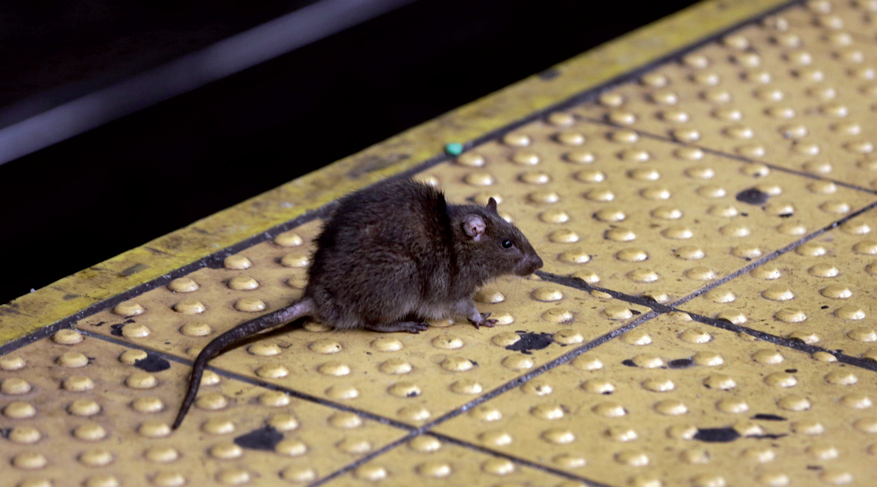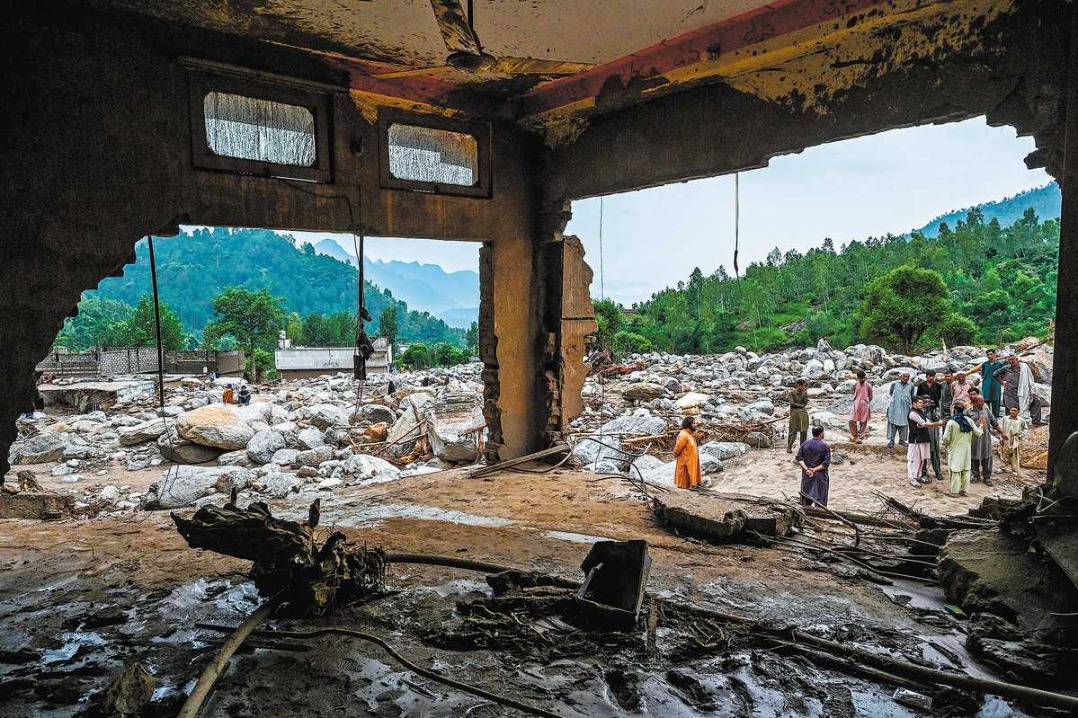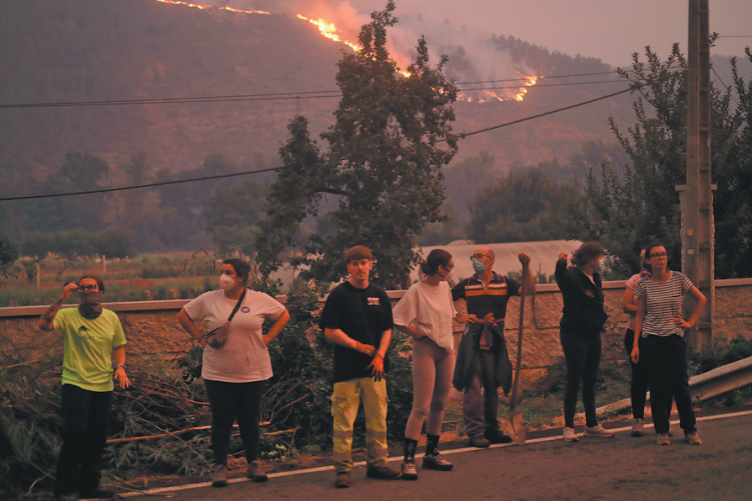NYC projects fighting rats


Housing officials under fire for not stemming tide of rodent infestation
The New York City Housing Authority (NYCHA) is the largest public housing system in the United States, and for years has been riddled with mismanagement, leaky roofs, mold, broken elevators and faulty heating systems. Perhaps nothing is scarier to its 400,000 residents than rats.
Now, in his first quarterly report released last week, the federal monitor overseeing the fixing of problems at NYCHA, which houses 1 in 14 New Yorkers, found that it was unlikely to meet deadlines to reduce its rat population and backlog of pest complaints.
NYCHA employs only 108 pest exterminators, which means each exterminator is responsible for about 1,400 apartments.
Twelve more exterminators were expected to be hired, but the report said NYCHA needed almost 1,000 exterminators to meet the Aug 1 deadline stipulated in the agreement struck between Mayor Bill de Blasio and the federal government to address pest complaints.
The monitor said that the rat infestation is so bad at the Washington housing complex in East Harlem, residents feel they are "hostages in our own home at night".
In a letter to NYCHA, the tenant association described rats spilling out of elevators and stairways, and workers refusing to enter compactor rooms "for fear of being attacked by rats". Rats were beginning to climb up clogged garbage chutes and enter apartments, the letter said.
"I have more rats than I do residents," said Tenant Association President Claudia Perez in the letter. "For every four dead rats, you see 10 more alive."
The mayor was asked about the federal monitor report's findings on the rats at the Washington houses. "We don't accept trash piling up. We will fix it and if we find personnel isn't doing their job, they won't be there," he said.
"We don't have a rat problem," Frances Brown, president of Red Hook East Tenants Association in Brooklyn, told China Daily. "We keep the ground clean. We have an exterminator who puts traps out and monitors them. I don't see them running around."
In Harlem, dead rats reportedly fell from the ceiling — along with maggots and cockroaches — in a community room at the Jackie Robinson Houses, forcing NYCHA officials to cancel summer camp there on July 16. According to NYCHA, the agency did respond, sending exterminators just under a week after staff canceled camp.
NYCHA houses 400,000 people in 2,602 buildings situated on an area three times the size of Central Park. Housing officials have put the price tag to remedy the conditions and restore NYCHA's infrastructure to good working order at close to $32 billion over the next five years, almost double the last estimate seven years ago.
The city is required to commit to NYCHA $1 billion in the first four years and $200 million annually indefinitely until the problems are fixed.
Rats are not exclusive to the NYCHA buildings. The city is a thriving environment for them. With sewer pipes, food on subway tracks and on almost every corner, they survive and flourish.
Two years ago, de Blasio launched the Neighborhood Rat Reduction Initiative, a $32 million program involving multiple city agencies intended to cut the city's rat population by 70 percent.
The effort included minimizing food sources and reducing habitats coupled with an aggressive extermination program. The city's Sanitation Department has increased pickups in selected neighborhoods and many apartment buildings now use food scrap bins with snap-shut lids to keep the rats at bay.
The program has piled up dead rats, but the infestation has spread to posh areas in Manhattan, including the Upper West Side.
"Rats benefit from our bad habits," Jesse Scaravella, owner of Evergreen Eco Pest Control in Brooklyn, told China Daily. "It takes only one person not practicing proper sanitation — one zombie house, one person not handling trash property or one empty lot — for the rat population to grow. Rats are a symptom of the obvious holes we have in how we handle refuse and we'll never be able to eradicate them."
































